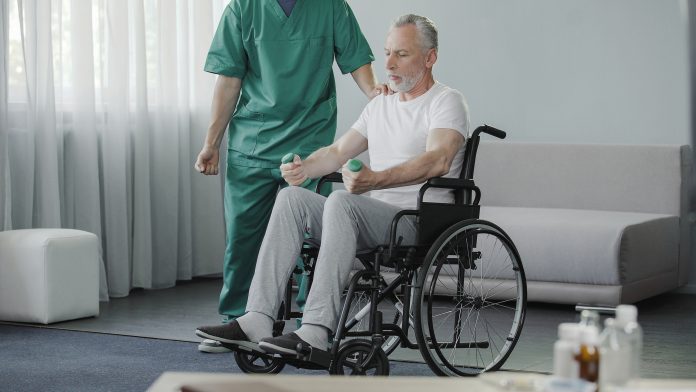Kate Adcock, Director of Research and Innovation, Muscular Dystrophy UK, charts the advances over the past decade in muscle-wasting conditions research
As we mark the start of the 2020s, it’s interesting to reflect on the advances we’ve seen in research into muscle-wasting conditions over the past decade – and what the next 10 years might bring.
It’s no exaggeration to say we’re entering a new era for research. And for some muscle-wasting conditions, which affect about 70,000 people in the UK, there are now treatments available. These include Spinraza, a drug for spinal muscular atrophy that last year became the first treatment for the condition to be approved for NHS use in England and Scotland, and Translarna, a medicine for some boys with Duchenne muscular dystrophy.
It’s an exciting time for research, and it’s important we recognise the progress that has been made. But we still have a long way to go because, for most of the 60 rare and ultra-rare muscle-wasting conditions we support, there are currently no treatments. And we won’t stop until we find them.
Clinical trials
As research gains momentum, moving us closer to treatments, the demand for clinical trials is increasing. Globally, more than 150 clinical trials for muscle-wasting conditions are taking place, and in the UK the number is growing. This is hugely encouraging, of course – but with some centres struggling to meet demand, we need to examine how we can improve capacity.
We know that some centres have been forced to turn down clinical trials for muscle-wasting conditions because of a lack of infrastructure or expertise. If we do not address these issues, there will be fewer opportunities for patients to be enrolled in clinical trials. And this makes it more difficult to drive research forward.
Clinicians and Physiotherapists
We have already taken steps to improve this. We are working with others to develop a network of researchers across the UK including clinicians and physiotherapists, who will have the skills and capacity to carry out clinical trials across multiple muscle-wasting conditions in children and adults. The National Institute for Health Research (NIHR) and other key stakeholders in England, Scotland and Wales are supporting us by providing sustainable support for these vital roles.
On top of this, we have been supporting clinical studies for muscle-wasting conditions through the provision of clinical trial co-ordinators, who oversee the safe management of trials across the UK. Over the course of a year, these co-ordinators helped to set up and run 45 different studies, two-thirds of which tested interventions or treatments.
Collaboration is key
Collaboration is of great importance, not just when it comes to translational research, but in all areas of research. We could never achieve all that we do by working alone and will never find the treatments and cures that are needed if we don’t join forces with others. That doesn’t just include researchers, but also other funders and charities, the National Institute for Health Research (NIHR), the Chief Scientist Office in Scotland – and, of course, people with muscle-wasting conditions and their families and carers.
We have already developed some extraordinary partnerships, such as with the University of Oxford to form the MDUK Oxford Neuromuscular Centre, committing £1 million to drive the development of potential new treatments. In the coming years, we intend to strengthen our existing partnerships and forge new ones.
Funding is vital
And funding is, of course, of great importance. Since 1959, we have invested more than £55 million in high-quality research into muscle-wasting conditions. We will continue to do this to build our understanding of the underlying causes of disease, develop potential treatments and improve the quality of life of people living with muscle-wasting conditions.
Sharing knowledge
Sharing knowledge, too, will help to speed up the production and availability of effective treatments. By supporting research across the world, we link researchers and research projects, accelerate scientific progress and help improve lives as quickly as possible. Technologies developed in this area of research, and others can be applied not only to other muscle-wasting conditions but also to the wider world of medical research.
Every day we work towards a future with effective treatments and cures for all muscle-wasting conditions. We believe this as passionately now as we did when we were established more than 60 years ago, as we move closer to our ultimate goal.








